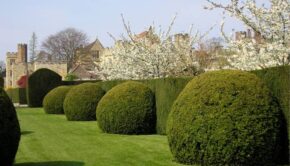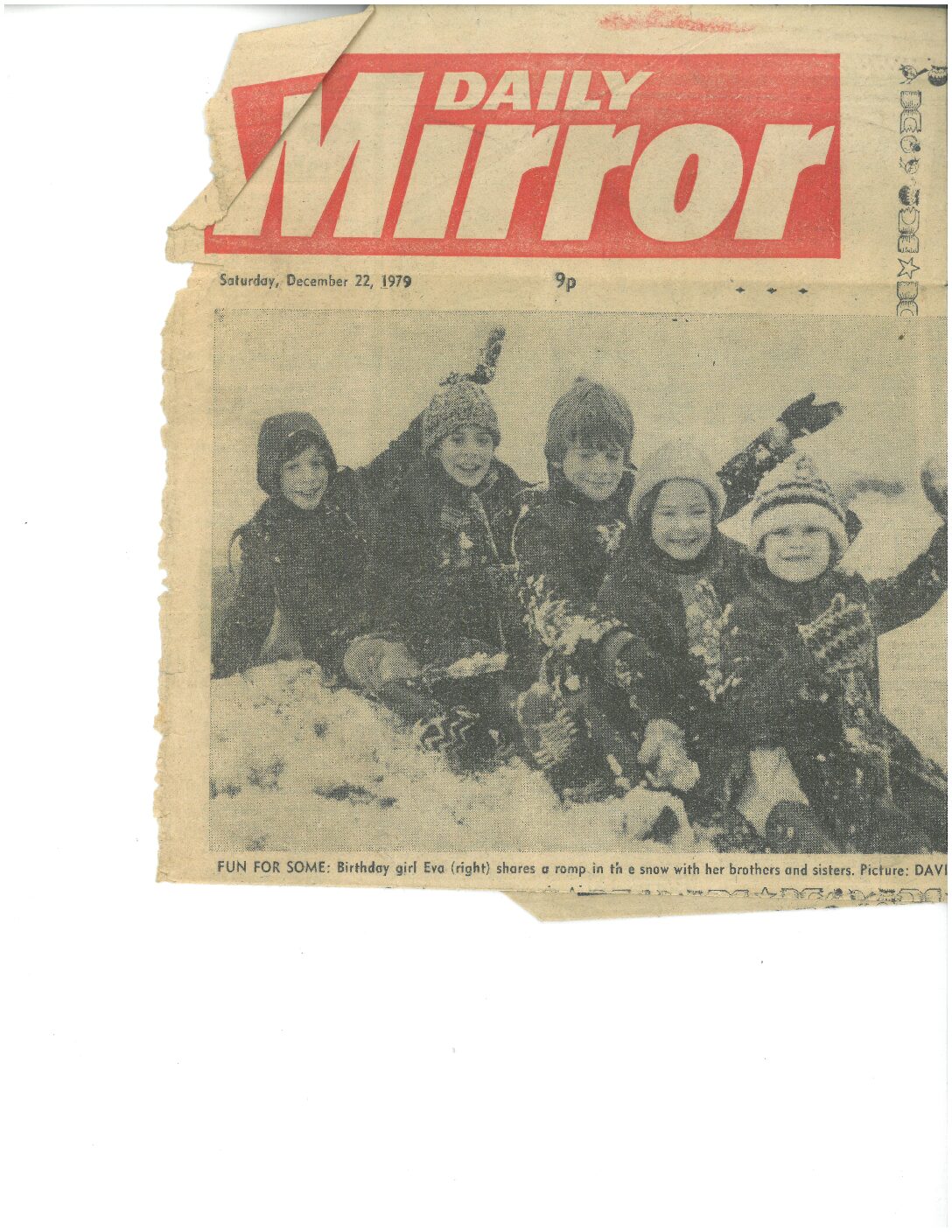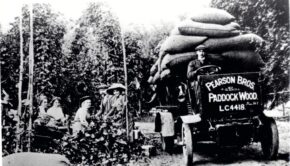Whats in a name? The history behind local place names
Have you ever wondered how places acquired the names they have today? In fact, place names originated as descriptions of the location, the uses and/or the people who lived there. This article attempts to look at the origins and meanings of the names of settlements in and around Paddock Wood.
Paddock Wood itself derives from Old English pearroc, a paddock or enclosure where horses were walked. The change from “parrock” to “paddock” appears to come from confusion with the word pad, a road along which horses were walked.
Badsell, (Badeshull in 1227), derives from the syle or miry place of a man named Beada. Mascalls originates from the Mascalle family who had settled there certainly by 1327 and Whetstead is from Old English hwaeten stede meaning “the place where wheat is grown.”
Brenchley combines the Saxon personal name Braenci with Old English leah, an open place in a wood. In 1100 it was recorded as Braencesle. Horsmonden, recorded as Horsbundenne in 1100, comes from Old English hors burna denn which translates as the pasture by the stream where horses drank. For the record the suffix “den” generally means a pasture or clearing in a forest.
Pembury, (Pepingebir’ in 1205), combines the Saxon personal name Pepa with Old English inga burh, and describes the fortified place of the followers of a man called Pepa. Matfield, (Mattefeld in 1230), probably means Matta’s open space or field. Again, it may be noted that the suffix “feld” is particularly common in forest districts such as The Weald.
East and West Peckham probably derive from old English peac ham ie a homestead by a peak or hill. The name appears as Peccham in the 10th century and as Pecheham in Domesday Book. Capel derives directly from Middle English capel meaning The Chapel. Crockhurst Street combines Celtic “cruc” (hill) with Old English “hyrst” (wood), “street” being a later addition. Tudeley was recorded as Tivedele in Domesday Book and derives from Old English ifede leah ie a clearing overgrown with ivy. The initial letter T is a contraction of “atte”, meaning “from”.
Yalding has a more obvious origin. Recorded as Hallinges in Domesday Book it had become Ealding by 1207 and relates to “Ealda’s people”. The nearby Pikefish Lane probably derives from a nickname passed down as a surname to the Pykeuys family who were established there by 1327. Laddingford takes its name from the nearby river Teise, formerly known as the river Lodena, and means “the ford across the muddy one”.
Perhaps surprisingly Wateringbury has no connection with water. The name was recorded as Uuotryngebyri in the 10th century and as Otringeberge in Domesday Book. By 1242 it had become Wotringeberi. It probably derives from a man named Ohthere, the suffix “berg” denoting a fortified manor.
Goudhurst appears as Guithyrste in the 11th century and as Gudherst in 1202. The name combines the Saxon personal name Gutha with Old English hyrst, a hill or wooded eminence. Hunton was known as Huntindune in the 11th century; the name derives from Old English hunta dun, the hill of the huntsman. The change of “dun” to “ton” appears to have occurred around the time of Domesday Book, in which the name is recorded as Huntone.
In Saxon times Nettlestead was known as Netlasteda but had become Netlestede by 1242. The name comes from Old English netel ham stede, ie the homestead where nettles grow. East and West Farleigh derives from Old English fearn leah, a fern-covered clearing. Recorded in the 9th century as fearnlege, the separation into East and West had occurred certainly by 1291. The settlement of Lamberhurst (known by 1100 as Lamburherste) derives its name from Old English lamb-burna hyrst, meaning lambs’ hill or wood.
How Tonbridge got its name is uncertain. Place-name experts tend to favour “tun”, a manor or farm in Old English, combined with “brycg”, an early form of ‘bridge’. The problem is that the first recorded use of the name occurred more than a century before the first mention of the existence of a bridge. Bridge could however sometimes mean a causeway across marshland, and perhaps this may have existed in early times to help people cross the streams and the flood plain. So Tonbridge could be the manor with the causeway.One source suggests that the bridge was built or managed by a man called Tunna, alternatively that the river upstream from Tonbridge was once called the ‘Tone’. Another source favours a combination of “tun” (town) and “burig” (fort) ie the town with a fort.
In Domesday Book the name appears as Tonebrige. By the seventeenth century Tunbridge was the more common spelling, particularly when referring to the fashionable new spa five miles to the south. To distinguish the two places, the terms Tunbridge-Town and Tunbridge-Wells (or Tonbridge-Town and Tonbridge-Wells) were widely adopted. Not until the 1890s did the Tonbridge Local Board formally adopt the ‘o’ spelling. Tunbridge Wells retained the ‘u’, the different spellings helping to emphasise that these are two different places. But in both cases the first syllable always rhymes with ‘sun’.
Main sources: The Oxford Dictionary of English Place-names, West Kent Place Names by Anthony Poulton-Smith (2013).






Comments